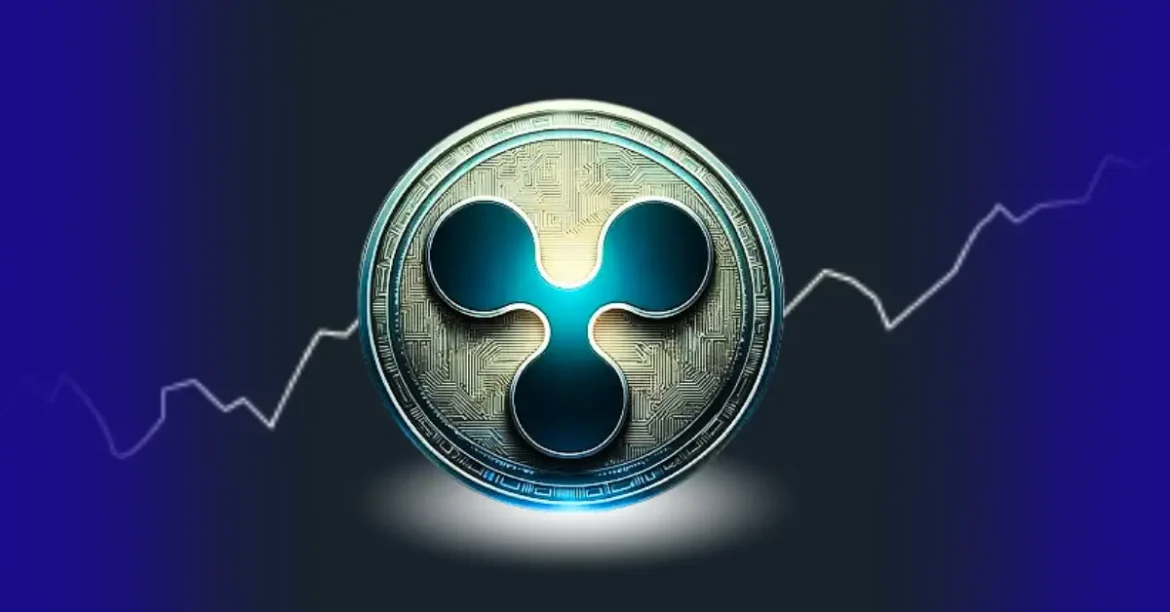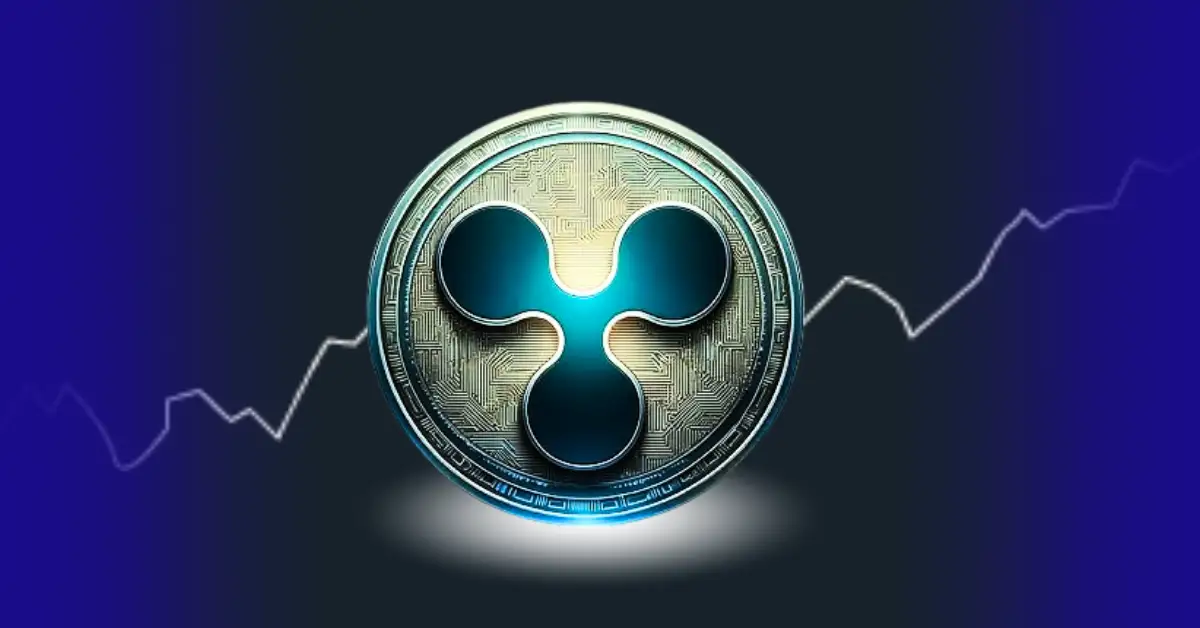Ripple’s XRP: Approaching a Supply Shock and What It Means for the Market
The buzz surrounding Ripple’s XRP has intensified recently, mainly due to an emerging dynamic that could dramatically impact its availability and price. Multiple reports and expert observations converge on the notion of an impending “XRP supply shock.” This phenomenon would arise as more XRP moves off exchanges and into private holdings or institutional hoards, effectively shrinking the liquid supply accessible to buyers and traders. Understanding this trend—the causes, mechanics, and potential outcomes—provides critical insight for investors, traders, and enthusiasts navigating XRP’s evolving landscape.
What is an XRP Supply Shock?
A supply shock in the cryptocurrency context occurs when the volume of coins actively available on exchanges noticeably decreases, producing a relative scarcity. For XRP, this reduction in supply is reportedly coming from several angles: holders are moving coins off centralized exchanges into private wallets, institutional buyers are absorbing large quantities, and Ripple itself appears to be tightening its previous bulk-sale practices.
The resources describe exchanges “running dry” and their XRP reserves dwindling. Some exchanges may be lending out user XRP without explicit transparency, further complicating the visible market supply picture. Meanwhile, each XRP transaction incurs a small burn of 0.00001 XRP, slowly eroding the total supply over time. These combined factors create the conditions for a significant supply crunch.
Causes Behind the Shrinking XRP Supply
Increasing Institutional Participation
One of the primary drivers appears to be rising institutional interest. As ETFs and other financial products linked to XRP gain traction, large investors are buying and holding XRP in quantities that aren’t immediately liquidated. Institutions are typically less inclined to flood the market with sales, so their buying leads to coins being locked away longer-term, exacerbating scarcity.
Reduced Market Liquidity
Liquidity pools on major centralized exchanges are reportedly drying up. This is partly because exchanges are conserving XRP, while some may also engage in lending user XRP as collateral or for other financial maneuvers without users’ explicit knowledge. The OTC (Over The Counter) desks, crucial for high-volume trades, are likewise seeing challenges as Ripple reduces or halts large-scale XRP sales that the market historically absorbed.
HODLing Culture and Supply Removal
Another factor fueling supply decrease is the behavior of retail holders who buy XRP simply to store it long-term. This “hoarding” mentality locks up XRP from active trading, reducing float and available supply. Such holders are effectively “removing” XRP from the market, contributing to a shortage that puts upward pressure on prices.
Potential Impact of a Supply Shock on XRP Price and Market Dynamics
Price Appreciation Driven by Scarcity
A fundamental economic principle applies here: as XRP availability diminishes while demand persists or grows, the price is likely to appreciate. Reports indicate XRP price movements already reflecting this supply squeeze. Market experts forecast that escalating institutional involvement combined with supply tightening might trigger sharp price rallies.
Increased Volatility
While scarcity can boost prices, it can also induce increased volatility. Lower circulating supply often means that smaller trades can cause larger price swings, which can create both opportunity and risk for traders.
Ripple’s Strategic Positioning
Ripple’s change in bulk sales frequency and amounts suggests a strategic desire to stabilize XRP’s price or align supply release with adoption growth and demand. This shift could support longer-term price stability after initial volatility induced by supply shocks and institutional accumulation.
What Investors and Traders Should Consider
Watch Exchange Balances and Withdrawal Trends
Keeping tabs on XRP balances held on exchanges versus private wallets offers valuable clues. A steady drain from exchanges signals decreasing supply and potential bullishness ahead. This also suggests that quick liquidity for large sells may diminish over time.
Monitor Institutional Product Growth
The launch and expansion of XRP-based ETFs or similar products can accelerate institutional demand and supply hoarding. Such developments could magnify supply shocks or sudden buying pressure. Staying informed about regulatory progress and new product launches is key.
Understand Risks of Reduced Liquidity
Supply shocks may create price spikes but also can lead to liquidity crunches that make exiting positions harder. Traders should be mindful of slippage and order book depth during periods of tight supply.
Long-Term Versus Short-Term Perspectives
For long-term holders, the supply contraction story supports a bullish thesis grounded in scarcity and adoption. Short-term traders may benefit from volatility but need risk management strategies to navigate unpredictable price swings.
Conclusion: A Pivotal Moment on XRP’s Journey
XRP’s emerging supply shock is more than a passing market quirk—it reflects deeper market structural changes, evolving investor behavior, and Ripple’s strategic choices. As coins move off exchanges into institutions’ and individuals’ vaults, the reduced market float sets the stage for significant price dynamics. Whether this means a sustained upward trajectory or temporary surges punctuated by volatility depends on broader demand, regulatory environments, and Ripple’s further actions.
For anyone involved in XRP, now is a critical time to stay alert and informed. Understanding how shrinking liquid supply interacts with rising demand could unlock opportunities or risks. The narrative of XRP supply shock invites both excitement and caution but undeniably marks a turning point where XRP’s market could look very different in the near future.





